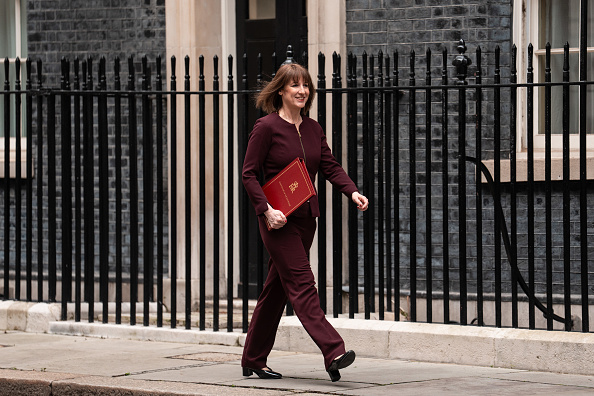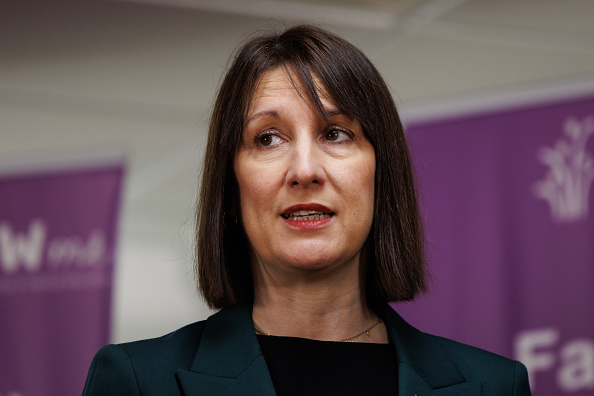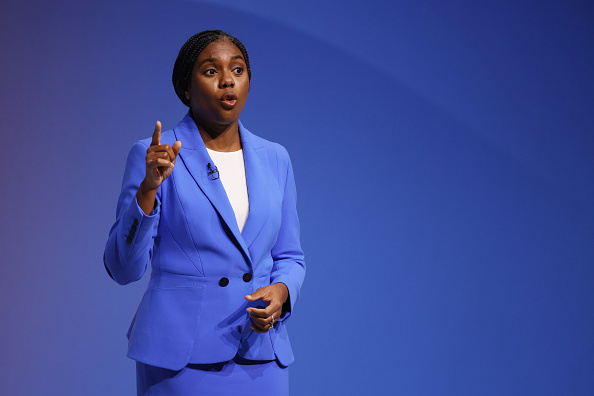More people are swapping the security of a 9-to-5 job for the flexibility of freelance work.
Research from Instant Offices shows that millennials and UK workers who are facing significant lifestyle changes, such as motherhood or retirement, are looking for more flexible and empowering ways to work.
And according to the Association of Independent Professionals and the Self-Employed (IPSE), the self-employed sector now includes approximately 4.8 million people, with freelancers comprising 42 per cent of that population and 6 per cent of the UK workforce as a whole.
Key demographics
The number of female freelancers has grown by 55 per cent since 2008.
New mothers choosing to take up freelance work rather than return to full-time office employment post-baby has shot up by 79%. Comparatively, the number of men freelancing has grown by 36% in the same time frame.
Young adults born in the 80s and 90s is also driving significant growth in the freelance sector. The number of freelancers aged 26-29 has risen by 66% since 2008.
The average age of UK freelancers is still a good deal older than millennials. Most freelancers –48 per cent in fact – currently fall in the 40-49 or 50-59 age brackets.
Top Industries for Freelancers
These are the fastest-growing freelance occupations in the past 10 years:
- Healthcare (191 per cent growth)
- Artistic, literary and media roles (103 per cent growth)
- Sports and fitness (103 per cent growth)
The best-paying roles for freelancers are in the finance, change and IT sectors, with the most lucrative positions are:
- Risk modelling (£760 daily rate)
- Risk change (£730 daily rate)
- Programme management (£640 daily rate)
- Model validation (£610 daily rate)
- Finance change (£570 daily rate)
Freelancers and the Economy
The IPSE reports that in 2016, freelancers contributed an impressive £119 billion to the national economy. This was up from £109 billion in 2015 and experts are predicting that this number will only continue to grow in the years to come.
As Kayte Jenkins said in IPSE’s Exploring the UK Freelance Workforce 2016 report,
‘Freelancer-owned businesses might be expected to generate greater revenues than other own account businesses, owing to the more valuable knowledge and skills exercised, suggesting a slightly higher turnover figure, perhaps £130-135 billion, approximately 3-4 per cent of business turnover.’
Amid the economic uncertainty of the Brexit era, freelancers are positioned to play a critical role in the British workforce.
Freelancers make it possible for businesses to hire the most skilled and suitable talent, with far less financial risk attached.
Thanks to the rise of mobile technology, video conferencing platforms, ubiquitous internet access and flexible workspaces, businesses are also free to hire people from any location around the country (or beyond).
Peter Johnson, Lystable founder and CEO, told Forbes that top companies like Google and ASOS are currently sourcing a full 50 per cent of their UK-based workforce from the freelance population.
It looks like this UK workforce trend will continue to go from strength to strength as more workers realise the potential benefits of going freelance.






